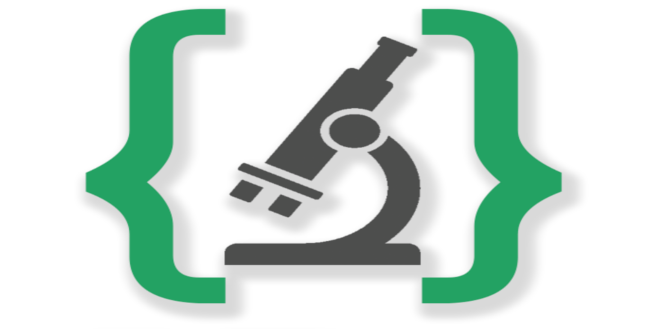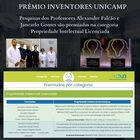News
LIDS attended to 31st SIBGRAPI at Foz do Iguaçu

Once again LIDS was represented at the Conference on Graphics, Patterns and Images at the city of Foz do Iguaçu. The conference is a leading annual event combining contributions from four major subjects related to image computing: computer graphics & vision, pattern recognition and image processing.
The Msc student, Bárbara Benato, has presented two works at the conference. One of them, entitled "Semi-Supervised Learning with Interactive Label Propagation guided by Feature Space Projections”, consists in an interactive label propagation method that includes the user interaction and feature space projections in the machine learning loop, in order to propagate the label from the supervised samples to the unsupervised ones. The results have shown the method increases classification quality measures when compared with automatic methods
She also presented the work entitled “Delaunay Triangulation Data Augmentation guided by Visual Analytics for Deep Learning” which exploits the user and 2D feature space projections to get new points, that are transformed in new images using Encoder-Decoder Neural Networks. The augmented image set can be used to train Convolutional Neural Networks, when the number of supervised training samples is low as we can see in the presented results.
The Msc student Felipe Galvão presented a work entitled “RISF: Recursive Iterative Spanning Forest for Superpixel Segmentation”, which is a method for superpixel segmentation that can recursively generate multiple segmentation scales on region adjacency graphs (i.e., a hierarchy of superpixels) without sacrificing the efficiency and effectiveness of ISF. In addition, RISF allows a more effective geodesic seed sampling strategy, with no negative impact in the efficiency of the method.
Adán Montero, a previous Msc Student from LIDS, also presented a work entitled “A Divide-and-Conquer Clustering Approach based on Optimum-Path Forest”, that proposes a divide-and-conquer approach to a clustering technique, which is unique in finding one group per dome of the probability density function of the data --- the Optimum-Path Forest (OPF) clustering algorithm. This approach can use all samples, or at least many samples, in the unsupervised learning process without affecting the grouping performance and, therefore, being less likely to lose relevant grouping information.







